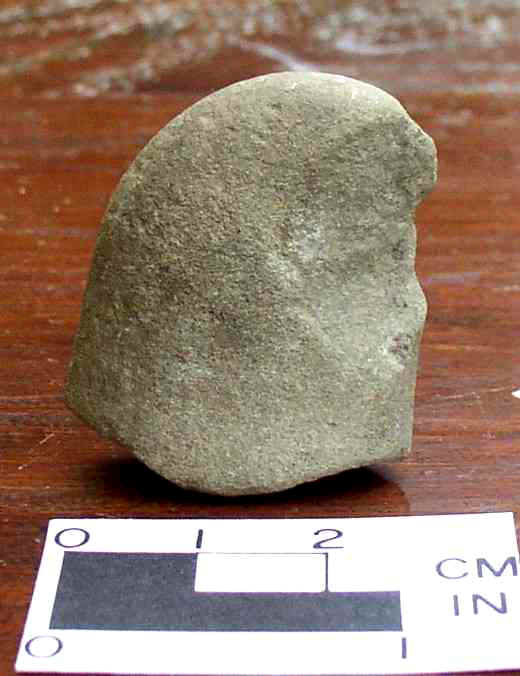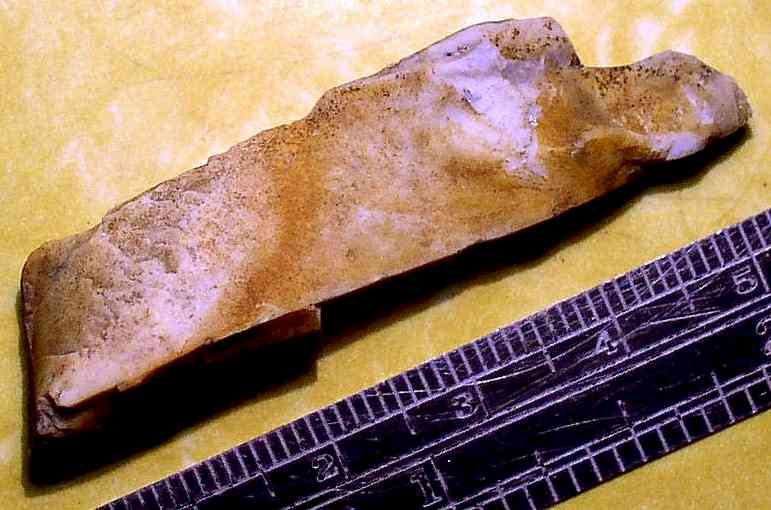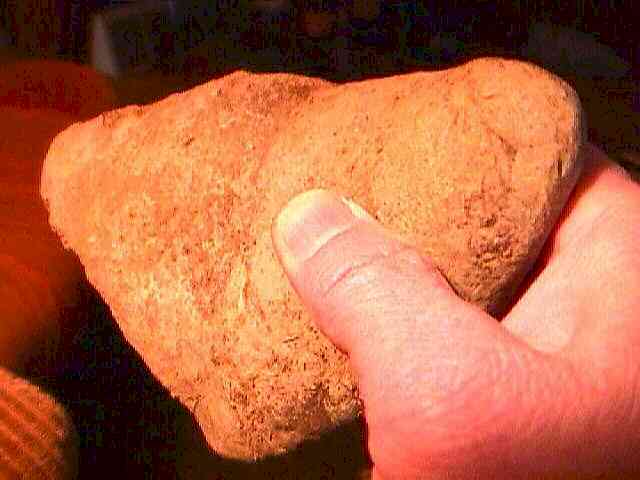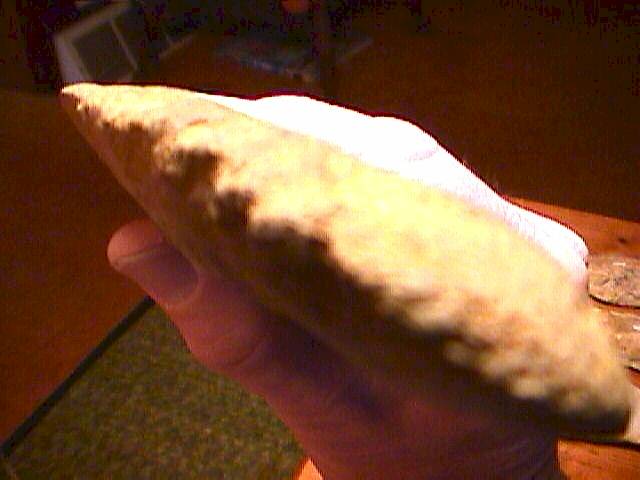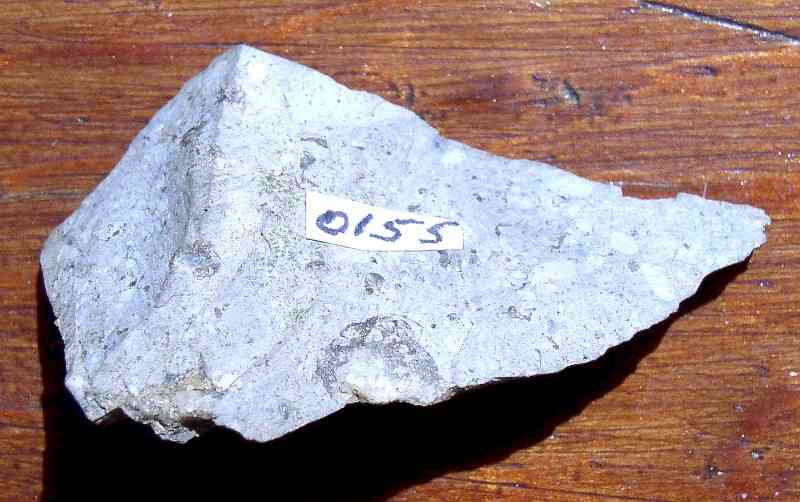Hi Charlie...
For the moment I'll just comment on calcium carbonate - have my hands full right now.
Sorry I sort of snapped at you in my last posting. I was up ridiculously late after a busy day, and was getting grumpy.
Also, I should have expanded on my statement about c.c. not "invading". Sure, it can replace original material over time, and not just in rock. But limestone, a material highly favored in early image carving, IS mainly calcium carbonate (calcite) to start with, so intrusion as a detriment to determining artificiality isn't much of a factor with this rock. With limestone (mostly rather hard here, fortunately), it's a matter of distinguishing artificial markings from differential weathering; often this is difficult, sometimes not at all. (And of course the cementing material in sandstone is largely calcium carbonate. Images on the surface of sandstone - particularly when the rock is coarse-grained - are obviously degraded when the c.c. has been dissolved, and that's when photographing these effectively becomes tricky.)
...many of the pieces are so coated and intruded with carbonate that it will be hard to make an objective case for human agency.
Maybe I'm missing something, but I don't see c.c. coating of the non-limestone artifacts here. I can see the stuff on your chert stones you just showed (certainly not a show stopper in all cases), and am wondering if the ground there is high PH (alkaline). I don't really know, but am thinking this might be a factor. The soil (clay) in this area is generally lightly but not seriously acidic, or so I've been told.
More on the other matters and comments later...
Regards, Alan
